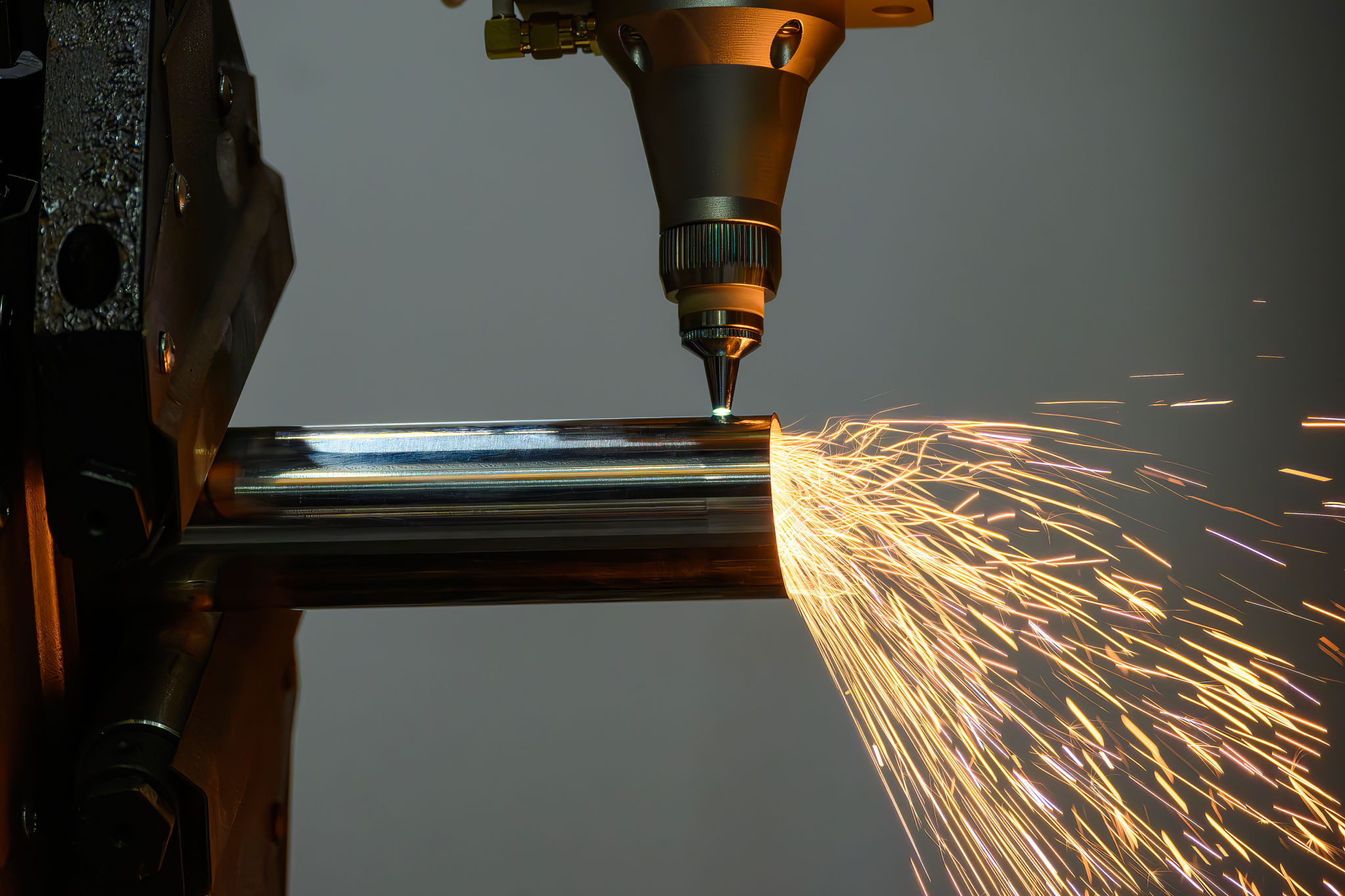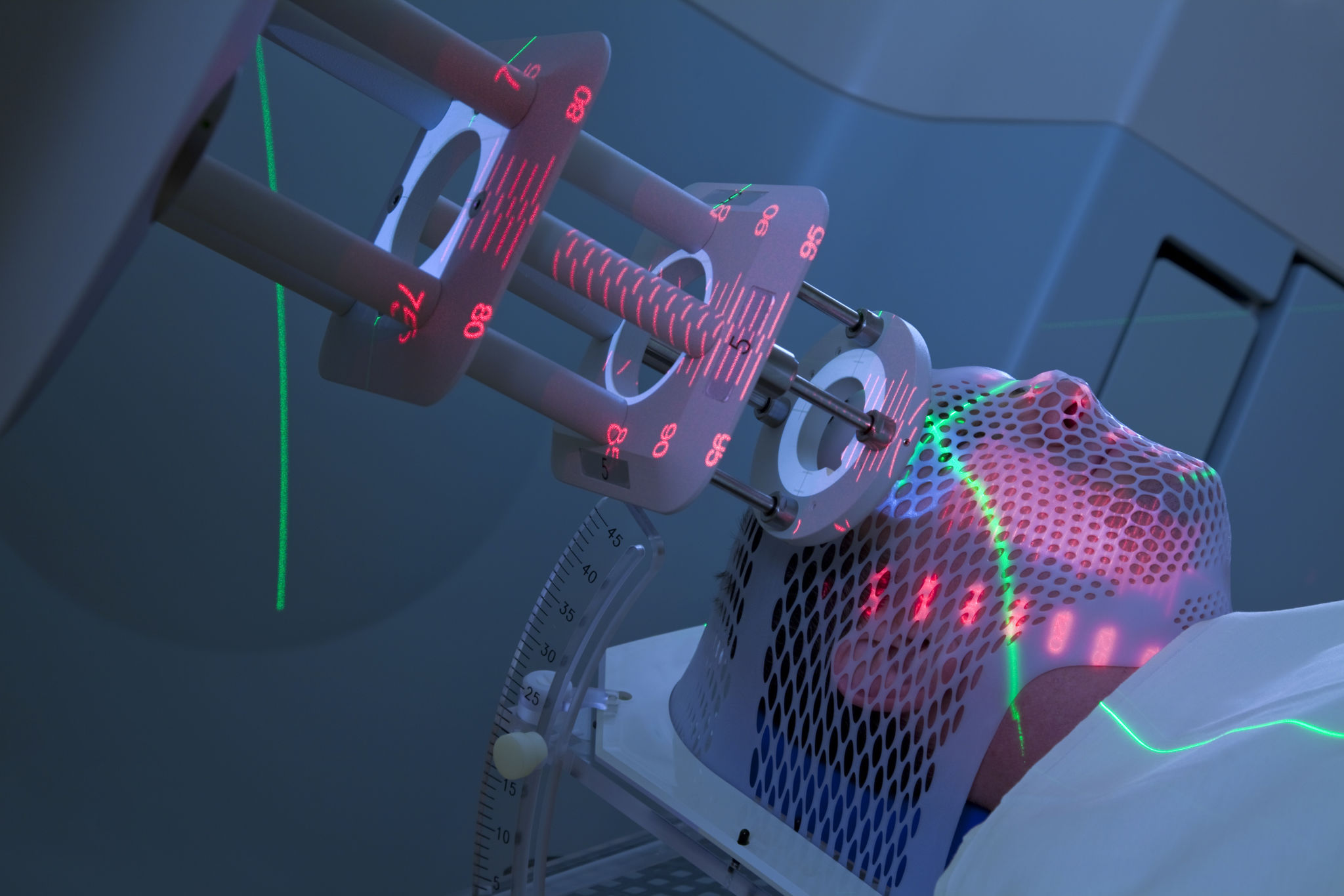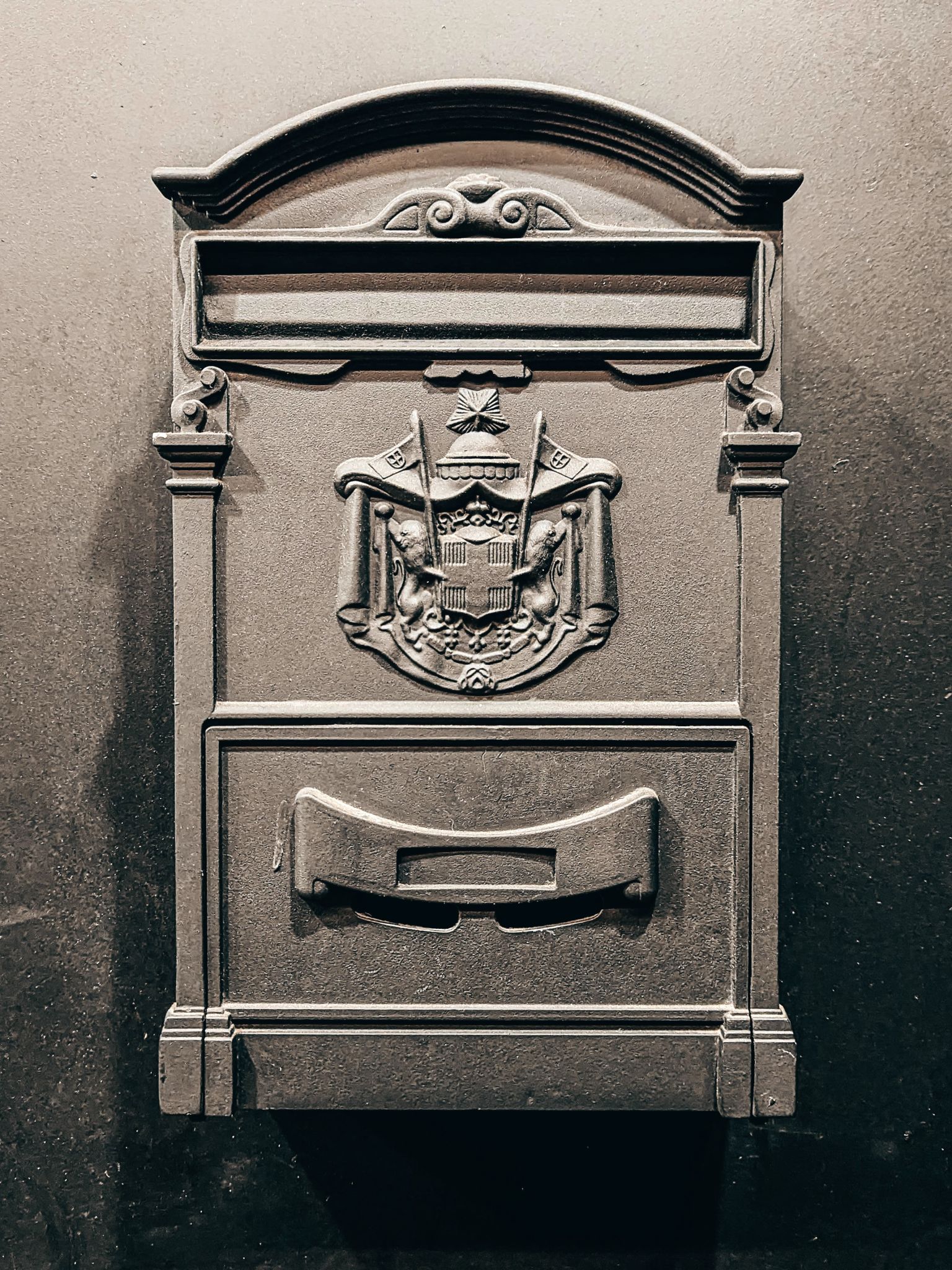Comparing Laser and Traditional Engraving: Which is Right for You?
Understanding Laser Engraving
Laser engraving is a modern technique that uses laser technology to engrave or etch designs onto various materials. This method is known for its precision and ability to create intricate details that might not be possible with traditional methods. The process involves focusing a laser beam onto a material, which removes the surface layer and reveals an image or text.
One of the significant advantages of laser engraving is its versatility. It can be used on a wide range of materials including wood, metal, glass, plastic, and more. This makes it an ideal choice for customizing products, creating personalized gifts, and even industrial applications.

Benefits of Laser Engraving
Laser engraving offers several benefits over traditional engraving methods. First, it is non-contact, which means there is minimal risk of damaging the material being engraved. Additionally, it allows for high-speed production, making it suitable for large-scale projects.
Another advantage is the consistency and accuracy of the results. Since the process is computer-controlled, each engraving is identical to the last, ensuring uniformity in products. This is particularly beneficial in industries where precision is crucial, such as electronics or jewelry.

The Traditional Engraving Method
Traditional engraving is an age-old craft that involves manually carving or etching designs into materials using tools like chisels or burins. This method requires a high level of skill and craftsmanship, and each piece is unique due to the handwork involved.
One of the main attractions of traditional engraving is its artistic value. The hand-engraved designs often have a unique charm and character that are hard to replicate with machines. This makes traditional engraving a popular choice for fine art, custom jewelry, and antique restoration.

When to Choose Traditional Engraving
Traditional engraving might be the right choice if you value craftsmanship and the personal touch that comes with hand-engraved items. It is also preferred for historical restorations where maintaining authenticity and original techniques are crucial.
Additionally, traditional engraving can be more suitable for certain materials that might not respond well to laser techniques. Engravers can adjust their tools manually to accommodate these materials, offering greater flexibility in some cases.
Comparing Both Methods
When deciding between laser and traditional engraving, consider your specific needs. If you require speed, precision, and the ability to produce in large quantities, laser engraving might be more suitable. On the other hand, if you appreciate unique pieces with a personal touch, traditional engraving could be the way to go.
- Materials: Laser engraving works on a wide variety of materials; traditional methods are better for delicate or historical items.
- Cost: Laser engraving can be more cost-effective for bulk orders; traditional methods may incur higher labor costs.
- Detail: Lasers offer fine detail; traditional methods provide unique artistic qualities.

Conclusion
The choice between laser and traditional engraving ultimately depends on your project requirements. Both methods have their strengths and can produce stunning results. Whether you opt for the technological precision of laser engraving or the timeless artistry of traditional methods, understanding your needs will guide you to the right decision.